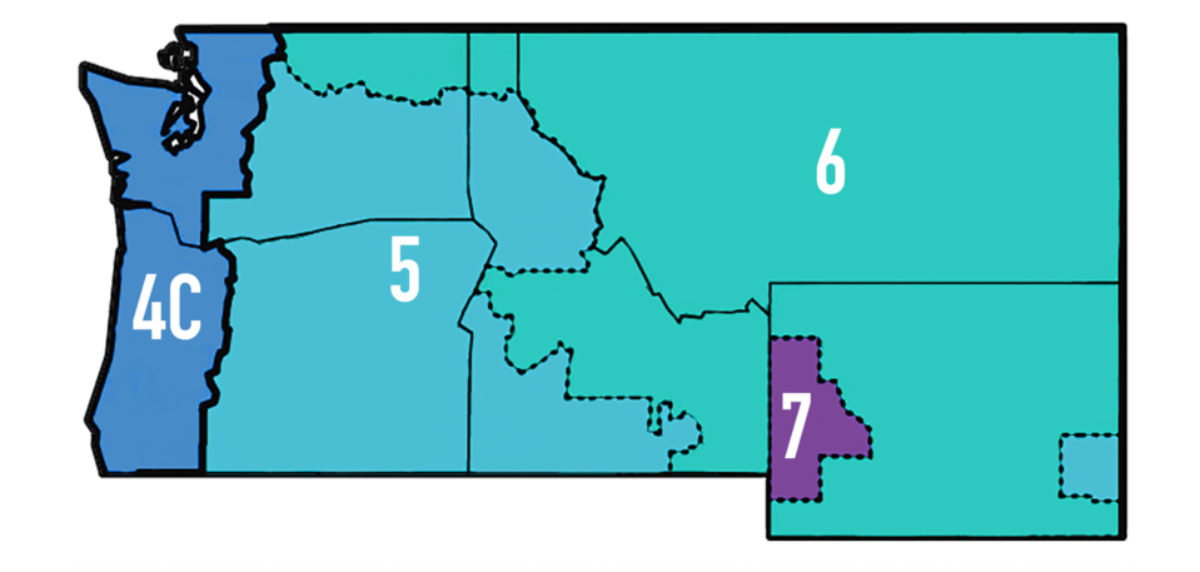Homeowners are more aware than ever of the benefits of energy efficiency and the incentives available for installing a heat pump water heater (HPWH). As their trusted installer, if you recommend a HPWH, they are likely to buy it. Get ahead of the curve by familiarizing yourself with the best locations for installing a HPWH.
HPWHs can be installed in many types of residential spaces, but the climate in your region determines where in the home you should consider installing it. HPWHs operate most efficiently when installed in larger spaces with warm ambient air, but they can also work efficiently and reliably in basements, and in most garages and uninsulated rooms.
Find your climate zone or use this county-by-county list to determine the best heat pump water heater installation locations for where you work.

Remember: A HPWH is simply a standard electric resistance water heater with a heat pump placed on top. If the temperature outside goes below freezing, the HPWH just shifts over to the conventional water heater mode, so your customers will always have reliable hot water.
A large, mostly open space below grade. It can be with or without climate control, and inside or outside of the thermal boundary. Locating the HPWH away from basement bedrooms or living spaces can help mitigate any potential sound issues.
A room inside the house’s thermal boundary that is climate-controlled, such as a mechanical room, main-floor laundry room, or closet space. HPWH use heat pumps to work efficiently in the opposite manner in which a refrigerator works—so just as refrigerators do not make the kitchen noticeably warmer, HPWH do not typically make the room in which they’re located noticeably colder.
A large, enclosed space attached to the house, but typically outside the thermal boundary and not climate-controlled. Installing a larger tank can help efficiency and comfort.
A room outside the house’s thermal boundary, such as an outdoor utility or storage closet attached to the house. HPWHs can still work well in semi-conditioned spaces, even in rural areas where it gets very cold in the winter.
Remember: If the space is smaller than 450 cubic feet, it must be able to exchange air with another space for the water heater to work efficiently. Simple venting and ducting techniques can help to overcome room volume constraints while still achieving high levels of operating efficiency.
If you’re replacing a combustion water heater, you might select a heat pump water heater that doesn’t require a new 240V/30A circuit. This is a great way to boost your efficiency without extra installation costs, but you need to make sure it has a good supply of make-up air. These water heaters have smaller or no backup heating to make up the difference when the heat pump can’t keep up with demand. Avoid areas that will see temperatures below 50° F.
A split-system heat pump water heater has a heat pump unit that goes outside, connected to a hot water tank inside. These can work in any climate, with many models able to operate efficiently at temperatures as low as -25° F — just be sure to follow the manufacturer’s recommendations.